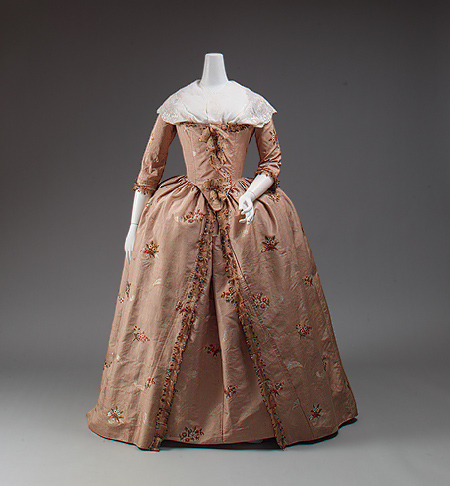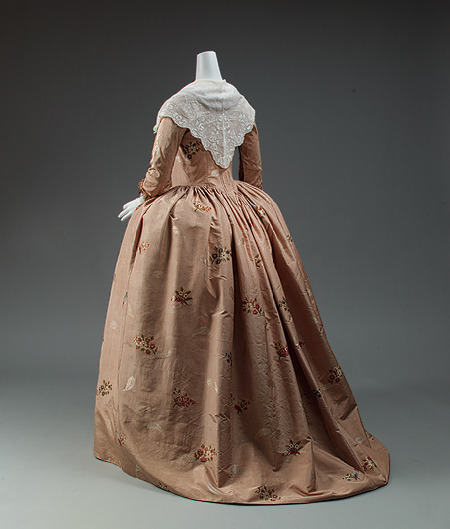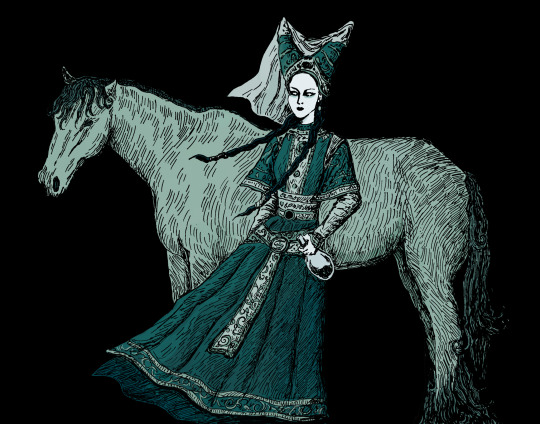I'm supposed to be writing. You can find me on goodreads here.
Don't wanna be here? Send us removal request.
Text
not enough secret gardens and hidden passageways and bookshelves that open to a mysterious library these days. get working on that girls.
93K notes
·
View notes
Text
well I did not think doing pelvic exams on chickens was going to be part of my future but that is something I wound up doing today
#as in i did quick checks on 4/5 chickens trying to figure out how mature each is#since other signs tipped me off that 2 of them are getting ready to start laying#and the pelvic exams confirmed that
1 note
·
View note
Text



Raspberry Velvet Hobble Skirt Gown
c. 1910-1914
Label: "Robert, Paris"
Augusta Auctions
1K notes
·
View notes
Text
I feel guilty whenever it takes me a while to read a book. Then I remember it doesn't matter how long it takes me to read it. Reading slow isn't bad.
351 notes
·
View notes
Text


summer blues
254 notes
·
View notes
Text
playing fuck marry kill with my fellow monks and we’re just taking turns going “well. i wouldn’t do any of that.”
37K notes
·
View notes
Text
Currently reading The Tomb of the Mili Mongga and in describing the islands of the Sunda shelf describes one unique bird, the Bornean bristlehead as "a remarkable bird which looks like a crow that's been shaved and painted in gaudy colors" and it's not exactly wrong but based on search result pictures I would've described it as like a crow that had it's head dipped in red and yellow paints with a mole on either cheek, and then it also stepped in the paint.

2 notes
·
View notes
Text

A Wooded Summer Landscape with Figures, 1853, Marinus Adrianaus Koekkoek
64 notes
·
View notes
Photo


Silk robe à la anglaise, ca. 1770, American.
245 notes
·
View notes
Text
The biggest compliment ever is when someone sees your creative work and says that they’re now inspired to go out and create something, too
39K notes
·
View notes
Text
1916 fashion truly was 1912 from the waist up and an early version of 1950 from the waist down. It only lasted for one year, more or less, and it is the most valid that fashion ever was between 1915 and 1930
510 notes
·
View notes
Text
144K notes
·
View notes
Text
I saw a sign at a nearby village advertising a "veillée", a storytelling evening, which sounded intriguing, so I went out of curiosity—it turned out to be an old lady who had arranged a circle of chairs in her garden and prepared drinks, and who wanted to tell folk tales and stories from her youth. Apparently she was telling someone at the market the other day that she missed the ritual of the "veillée" from pre-television days, when people would gather in the evening and tell stories, and the people she was talking to were like, well let's do a veillée! And then she put up the sign.
About 15 people came, and she sat down and started telling us stories—I loved the way she made everything sound like it had happened just yesterday and she was there, even tales she'd got from her grandmother, and the way she continually assumed we knew all the people she mentioned, and everyone spontaneously played along; she'd be like "And Martin, the bonesetter—you know Martin," (everyone nods—of course, Martin) "We never liked him much" and everyone nodded harder, our collective distaste for Martin now a shared cultural heritage of our tiny microcosm. She started with telling us the story of the communal bread oven in the village. The original oven was built right after the Revolution; before that, people had to pay to use the local aristocrat's oven, but of course around 1789 both the aristocrat and his oven were disposed of in a glorious blaze of liberty, equality, and complete lack of foresight.
Then the villagers felt really daft for having destroyed a perfectly serviceable oven that they could have now started using for free. "But you know what things were like during the revolution." (Everyone nodded sagely—who among us hasn't demolished our one and only source of bread-baking equipment in a fit of revolutionary zeal?)
The village didn't have a bread oven for decades, people travelled to another village to make bread; and then in the 19th century the village council finally voted to build a new oven. It was a communal endeavour, everyone pitched in with some stones or tools or labour, and the oven was built—but it collapsed immediately after the construction was finished. Consternation. Not to be deterred, people re-built the oven, with even more effort and care—and the second one also collapsed.
People realised that something was amiss, and the village council convened. After a lot of serious discussion, during which no one so much as mentioned the possibility of a structural flaw, people reached the only logical conclusion: the drac had sabotaged their oven. Twice. (The drac, in these parts, is the son of the devil.) The logic here, I suppose, was that no one but the devil's own child would dare to stand between French people and their bread.
The next step was even more obvious: they passed around a hat to raise money, assuming the devil’s son was after a cash donation. But (and I'm skipping a few twists and turns of the story here) the son of the devil did not want money, he wanted half of every batch of bread, for as long as the village oven stood. Consternation.
People simply could not afford to give away half of their bread, and were about to abandon the idea of having their own oven altogether—but then Saint Peter came to the rescue. (In case you didn't know, Saint Peter happens to regularly visit this one tiny village in the French countryside to check that its inhabitants are doing okay and are not encountering oven issues.) Saint Peter reminded them of one precious piece of information they had overlooked: holy water burns the devil.
People re-built the oven, for the third time. The son of the devil returned, to destroy it and/or claim his half of the first batch—but on that day, the villagers had organised a grand communal spring cleaning, dousing every street and alley in the village with copious amounts of holy water. The poor drac simply could not access the oven; every possible path scorched his feet for reasons he couldn't quite explain. So he was standing there, smouldering gently and wondering what was going on, when some passing tramp seemed to take pity on him, pointed at his satchel and told him to turn himself into a rat and jump in there, and the tramp would carry him where he wished to go. The devil's son, probably a bit frazzled at this point, agreed without much thought, became a rat and jumped in the satchel, and of course that's the point when everyone in the village sprang from the shadows, wielding sticks, shovels, pans, and started beating the devil's son senseless. (Old lady, calmly: "You could hear his bones crack.") So the son of Satan slithered back to Hell and never returned to destroy the village oven again—and the spring cleaning tradition endured; the streets were washed with holy water once a year after that, both to commemorate this glorious day of civic resistance when the village absolutely bodied the devil's offspring and to maintain basic oven safety standards. (Old lady: "But we don't bother anymore… That's too bad.")
She told us five stories, most of them artfully blending actual local events or anecdotes from her youth with folk tale elements, it was so delightful. She thanked us for coming and said she'd love to do this again sometime. I went home reflecting that listening to an old lady happily tell stories of dubious historical veracity involving the Revolution, property damage, demonic mischief and baffling municipal decision-making is literally my ideal Saturday night activity.
5K notes
·
View notes



